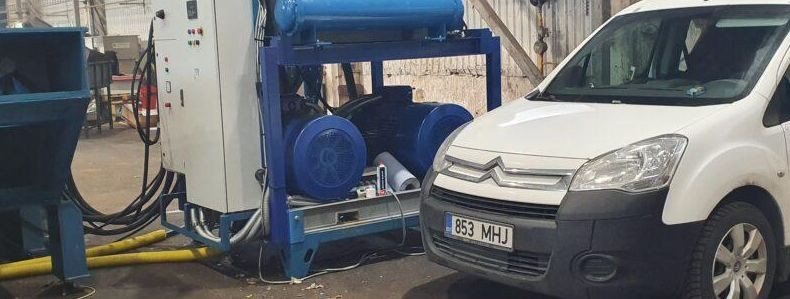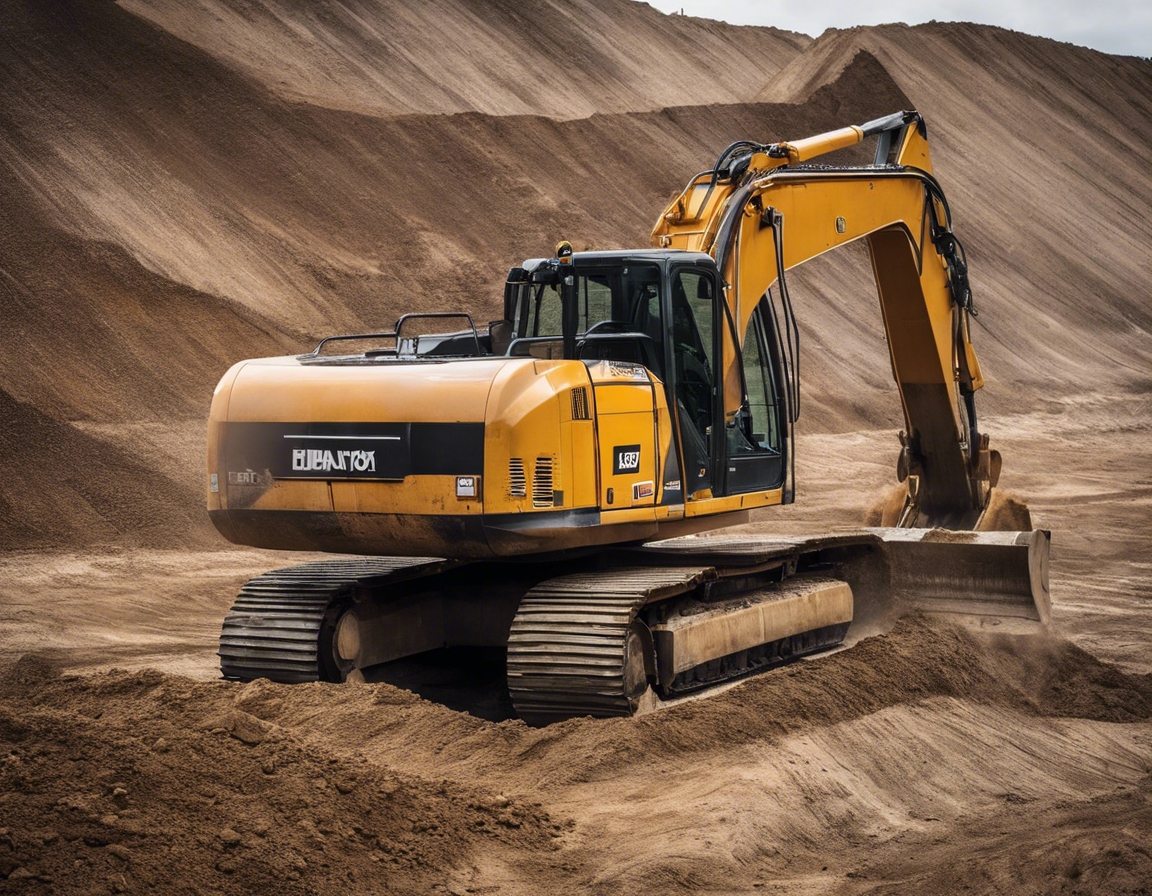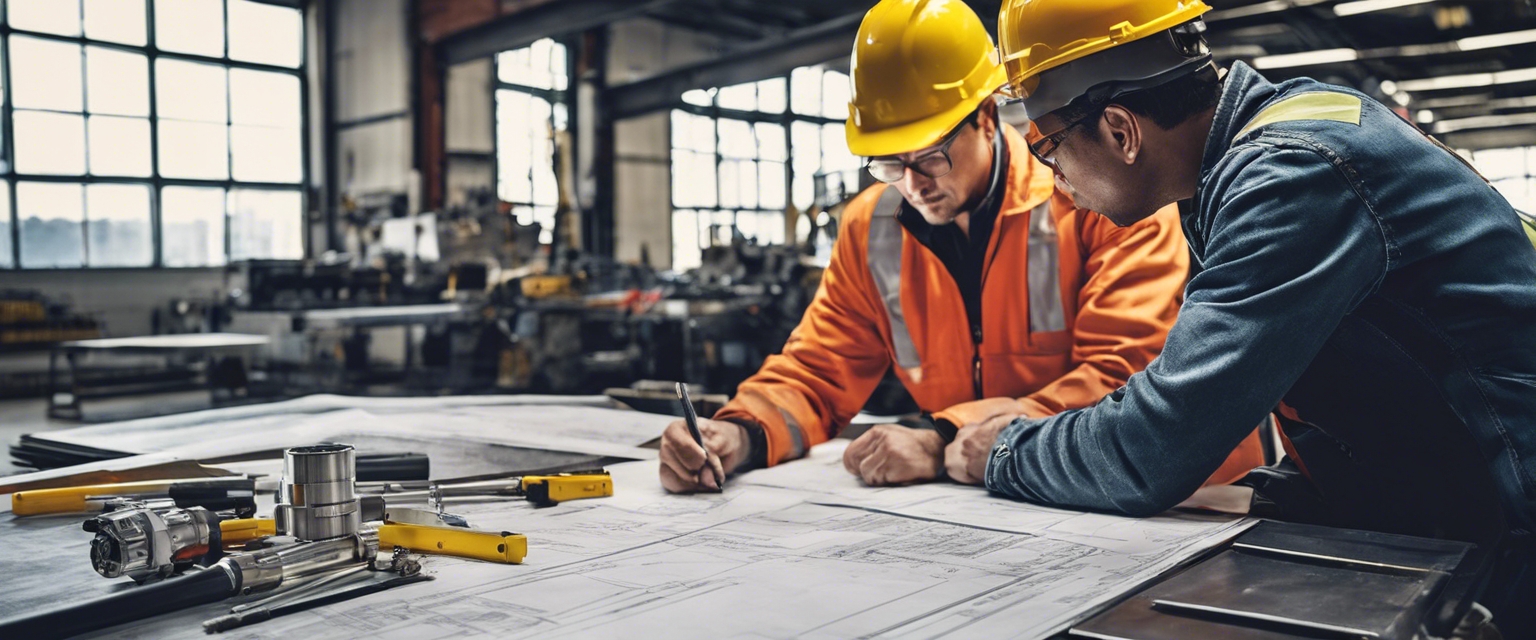5 signs your hydraulic system needs maintenance
Hydraulic systems are the lifeblood of many industrial and construction operations, providing the necessary power to perform heavy-duty tasks with precision and efficiency. Regular maintenance is not just a recommendation; it's a requirement for ensuring the longevity and reliability of your hydraulic equipment.
Regular maintenance of hydraulic systems helps prevent unexpected downtime, extends the life of your equipment, and ensures optimal performance. It's a critical aspect of operational management that cannot be overlooked.
Neglecting hydraulic system maintenance can lead to costly repairs, reduced efficiency, and even complete system failure. It's essential to stay vigilant and recognize the signs that indicate your system requires attention.
Sign #1: Unusual Noise Levels
One of the first indicators that your hydraulic system needs maintenance is an increase in noise levels. Unusual sounds such as banging, knocking, or whining can signal a variety of issues within the system.
It's important to become familiar with the normal operational sounds of your hydraulic equipment. Any deviation from these sounds should be investigated promptly to prevent further damage.
Noise can be caused by air entrainment, cavitation, or component wear and tear. Regular inspections can help identify the source of the noise and the appropriate corrective action.
Sign #2: Leaks and Moisture Accumulation
Hydraulic fluid leaks are not only a mess; they're an indication that your system's integrity is compromised. Leaks can lead to a loss of pressure and contamination of the system, affecting performance and safety.
Regularly inspect your hydraulic system for any signs of leaks or moisture accumulation. Pay special attention to hose connections, seals, and hydraulic lines.
Once a leak is detected, it's crucial to address it immediately. Replacing worn seals or damaged components can prevent further leakage and potential system failure.
Sign #3: Inconsistent Pressure Readings
Inconsistent pressure readings can be a sign of a compromised hydraulic system. Fluctuations in pressure can affect the system's ability to perform consistently and may indicate underlying issues.
Hydraulic pressure is the force that drives the system's operation. It's essential to maintain the correct pressure levels for your equipment to function properly.
Regular monitoring of pressure gauges can help detect any irregularities. If pressure levels are not within the recommended range, it may be time for a system check-up or maintenance.
Sign #4: Elevated Temperature Levels
Excessive heat can be detrimental to hydraulic systems, leading to reduced viscosity of hydraulic fluid and potential damage to components. High temperatures can also accelerate the degradation of seals and hoses.
High temperatures can reduce the efficiency of your hydraulic system and increase the risk of component failure. It's important to monitor temperature levels and ensure they stay within safe operating limits.
Implementing a regular temperature monitoring routine can help identify any abnormal increases in temperature, allowing for timely maintenance and adjustments.
Sign #5: Slow or Erratic Operation
When a hydraulic system begins to operate more slowly or erratically than usual, it's a clear sign that maintenance is needed. These performance issues can stem from a variety of causes, including contamination, component wear, or inadequate fluid levels.
Be alert to changes in the speed and smoothness of your hydraulic system's operation. Any significant changes should be investigated to determine the cause.
Identifying the root cause of performance issues is key to implementing the correct maintenance procedures. Regular system checks and fluid analysis can help pinpoint the source of the problem and guide maintenance efforts.






Comments (0)